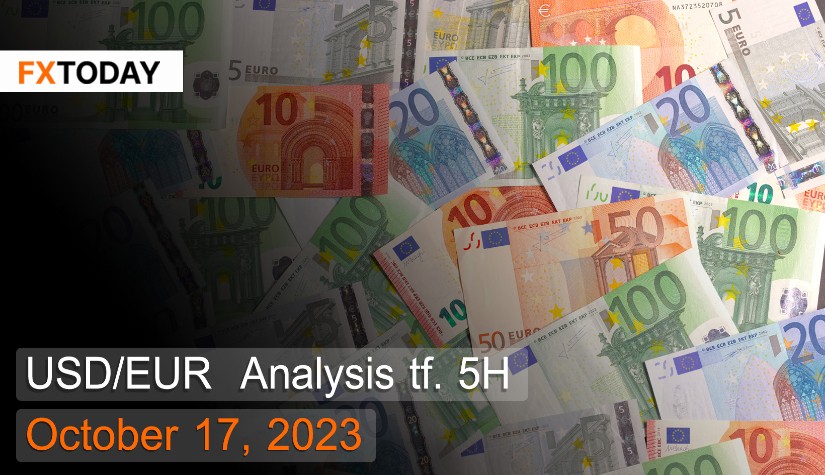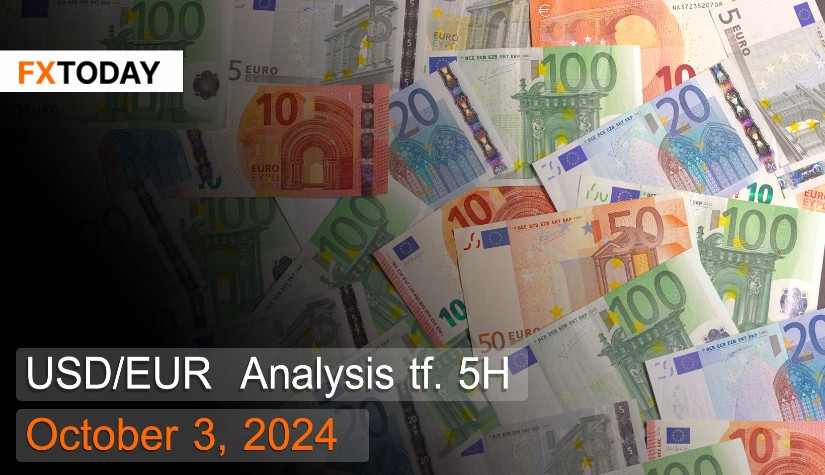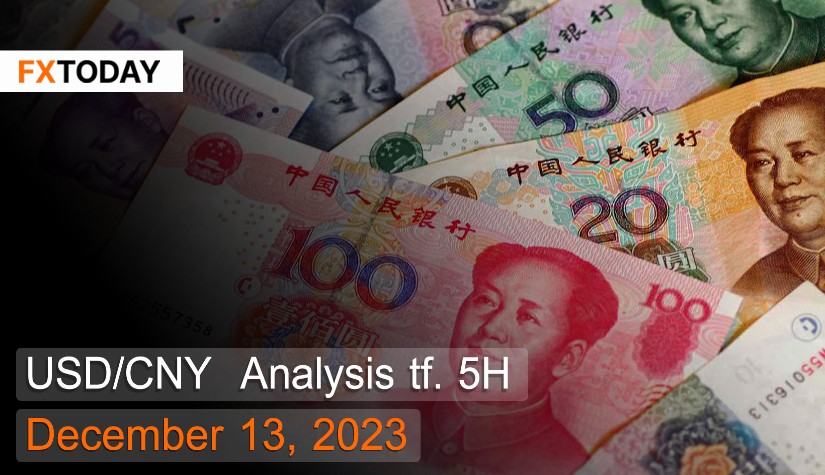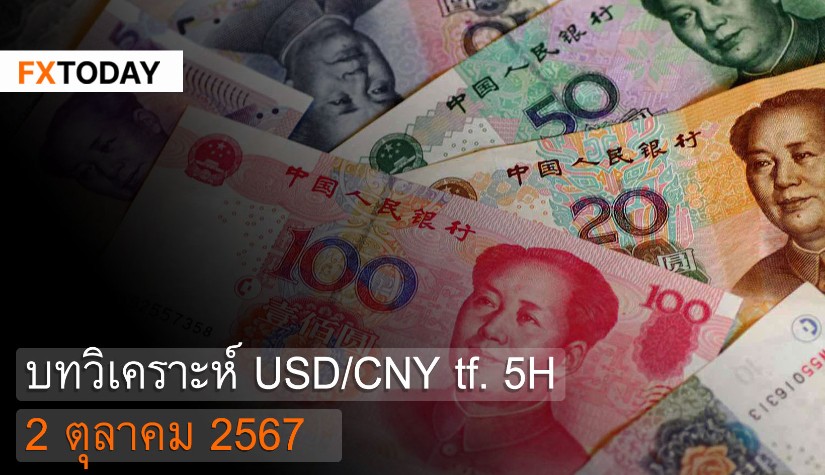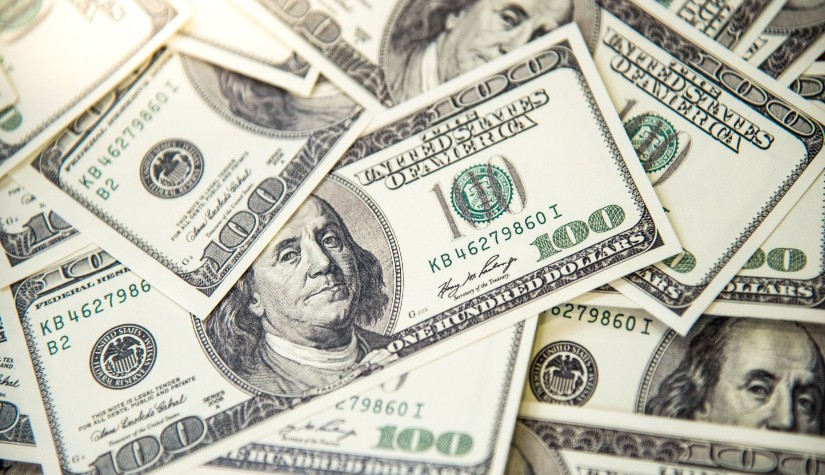Europe may need to raise interest rates again.
The euro has weakened further as investors are turning their attention back to the dollar after the revelation of higher-than-expected inflation data in the United States. There are also expectations that the Federal Reserve (Fed) may raise interest rates again, even though recent Fed meetings indicated a commitment to keeping interest rates stable. However, it has been suggested that rates may be raised if inflation remains high.
The recent meeting of the European Central Bank (ECB) revealed differing views among policymakers, with concerns that eurozone inflation could rise again, prompting some to advocate for keeping interest rates unchanged and others suggesting an increase. If a decision is made to raise interest rates, it could potentially worsen the already fragile economy.
ECB anticipates that inflation rates will likely remain around 2%, with a possibility of further increases due to ongoing conflicts. This may necessitate additional tightening measures towards the end of the year.
The eurozone's trade surplus was €6.7 billion in August, a 6.3% increase from the previous month, driven by a slight decrease in both imports (down 2.7% to €214.9 billion) and exports (down 3.9% to €221.6 billion). Major exports include machinery, vehicles, food, and beverages. Additionally, trade imbalances with Russia and China reduced to €9.7 billion and €197.6 billion, respectively.
Considering the period from January to August, the eurozone's trade surplus was only €8.1 billion, mainly due to the increased necessity of importing natural gas and crude oil from Russia, and the rapid rise in commodity prices resulting from conflicts, leading to a substantial trade deficit in January. Currently, the eurozone has significantly reduced its oil imports and is making serious efforts to transition to alternative energy sources.
The yield on 10-year eurozone government bonds has dropped to 3.58% as the ECB maintained its policy interest rate at the recent meeting. However, there are signals that interest rates might be adjusted if necessary, which would undoubtedly affect bond yields further.
Techical analysis data (5H)
Resistance: 0.9481, 0.9486, 0.9494
Support: 0.9469, 0.9462, 0.9457
Source: Investing.com
| Name | S3 | S2 | S1 | Pivot Points | R1 | R2 | R3 |
| Classic | 0.9457 | 0.9462 | 0.9469 | 0.9474 | 0.9481 | 0.9486 | 0.9494 |
| Fibonacci | 0.9462 | 0.9466 | 0.9469 | 0.9474 | 0.9479 | 0.9482 | 0.9486 |
| Camarilla | 0.9472 | 0.9473 | 0.9474 | 0.9474 | 0.9477 | 0.9478 | 0.9479 |
| Woodie's | 0.9457 | 0.9462 | 0.9469 | 0.9474 | 0.9481 | 0.9486 | 0.9494 |
| DeMark's | - | - | 0.9471 | 0.9475 | 0.9483 | - | - |
Buy/Long 1: If the price touches support in the price range of 0.9462 - 0.9469 but cannot break the support at 0.9469, you may set a TP at approximately 0.9486 and SL at around 0.9457 or according to your acceptable risk.
Buy/Long 2: If the price breaks the resistance in the price range of 0.9481 - 0.9486, you may set a TP at approximately 0.9494 and SL at around 0.9462 or according to your acceptable risk.
Sell/Short 1: If the price touches resistance in the price range of 0.9481 - 0.9486 but cannot break the resistance at 0.9481, you may set a TP at approximately 0.9462 and SL at around 0.9494 or according to your acceptable risk.
Sell/Short 2: If the price breaks the support in the price range of 0.9462 - 0.9469, you may set a TP at approximately 0.9457 and SL at around 0.9486 or according to your acceptable risk.
| Name | Value | Action |
| RSI(14) | 51.320 | Neutral |
| STOCH(9,6) | 31.325 | Sell |
| STOCHRSI(14) | 17.505 | Oversold |
| MACD(12,26) | 0.000 | Buy |
| ADX(14) | 26.320 | Buy |
| Williams %R | -42.173 | Buy |
| CCI(14) | -30.3924 | Neutral |
| ATR(14) | 0.0024 | Less Volatility |
| Highs/Lows(14) | 0.0000 | Neutral |
| Ultimate Oscillator | 45.654 | Sell |
| ROC | 0.649 | Buy |
| Bull/Bear Power(13) | -0.0002 | Sell |
|
Buy:4 Sell:3 Neutral:3 Summary:BUY |
||

